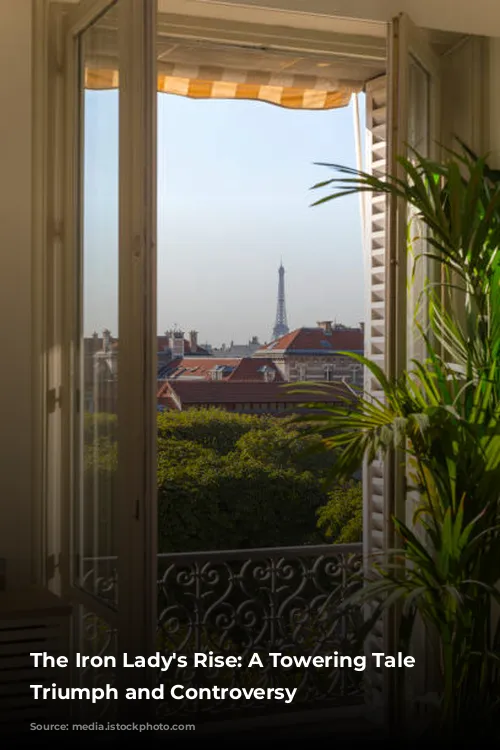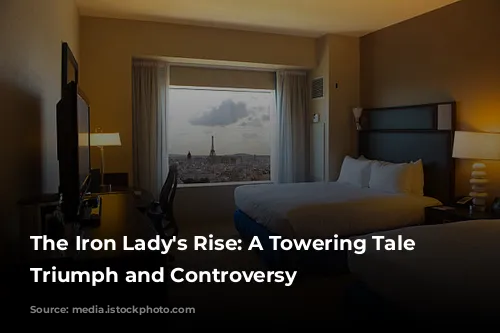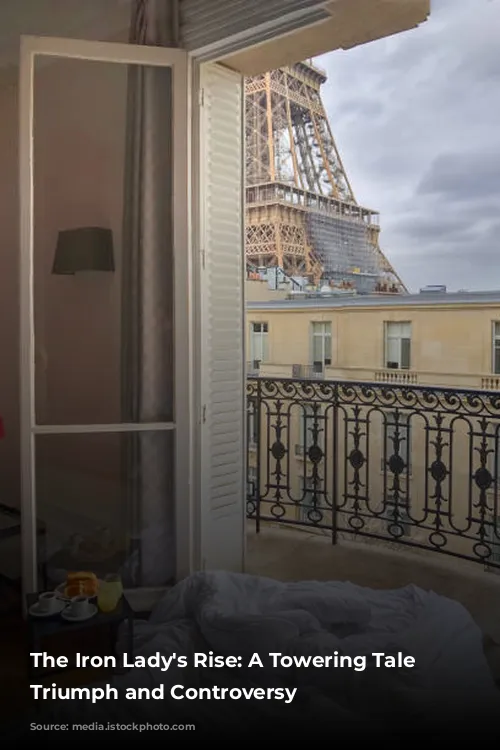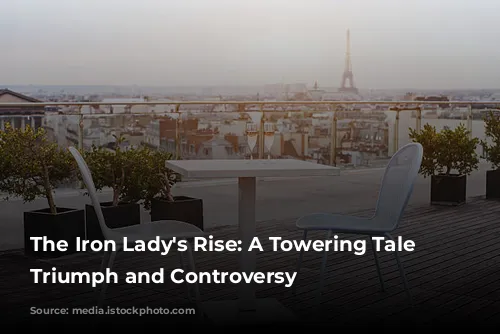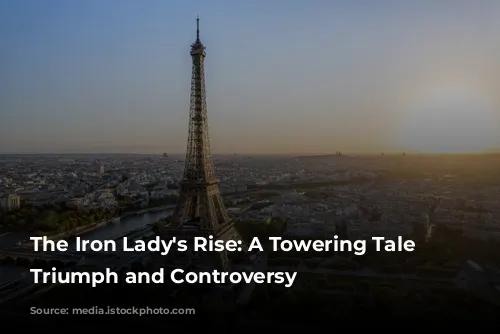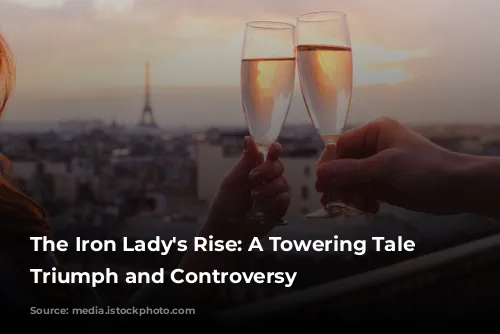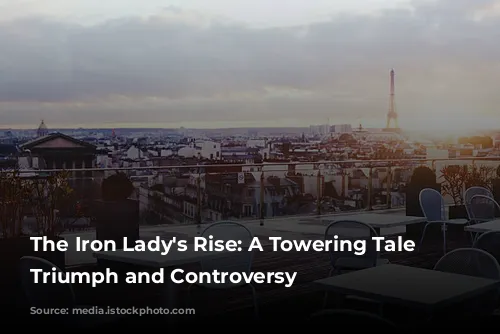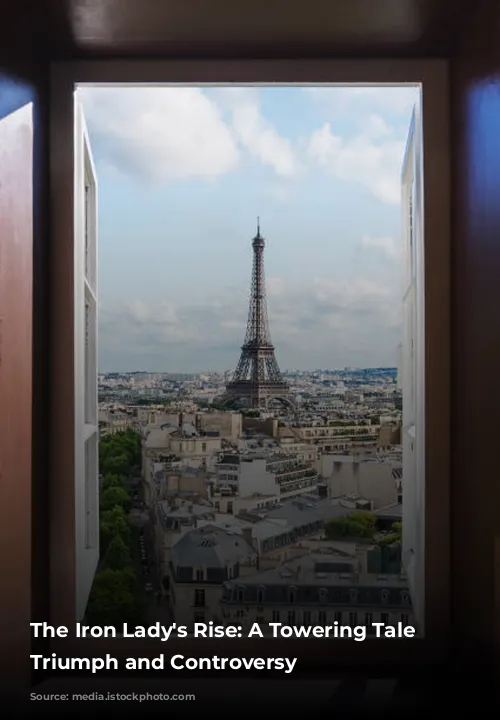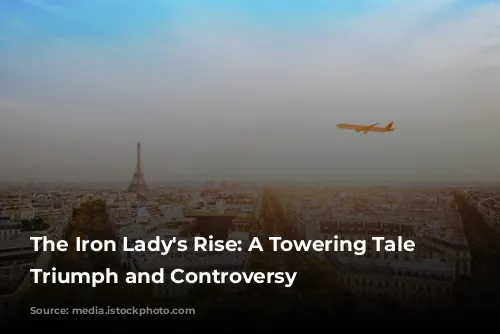The Eiffel Tower, a Parisian icon, wasn’t always a symbol of love and admiration. Its construction and early existence were marked by fierce debate and conflict. This tale unfolds the story of Gustave Eiffel, the engineer who dared to dream of a 1000-foot metal tower, and the challenges he faced in realizing his vision.
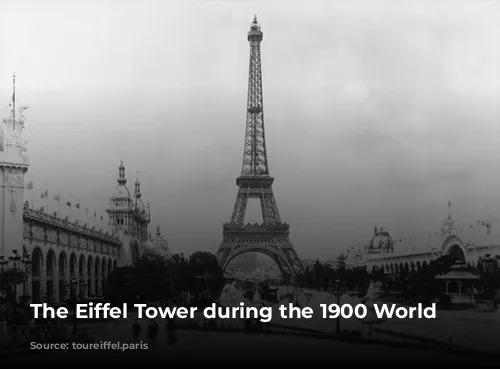
A Battle for the Skies: Rivalry and Ambition
The idea of building a monumental tower for the 1889 World Exhibition was born out of ambition, innovation, and national pride. France was celebrating the centenary of the French Revolution, seeking to unify its people and showcase its engineering prowess to the world. Amidst this fervor, Gustave Eiffel found himself in a fierce competition with the esteemed architect Jules Bourdais.
Bourdais proposed a monumental tower, the “Sun Tower,” constructed of granite and porphyry and topped with a beacon, a stark contrast to Eiffel’s iron structure. This rivalry played out in the press, with both men rallying supporters and highlighting the merits of their respective projects.
Eiffel emphasized his ability to build his tower within a realistic budget and timeline. He presented a patriotic and utilitarian argument, claiming the tower would serve science and national defense. Bourdais, on the other hand, lacked credibility, as the feasibility and financial viability of a stone tower of such height seemed questionable.
In 1886, the tide seemed to turn in Bourdais’ favor, with support from the Prime Minister, Charles de Freycinet. However, Eiffel remained undeterred. He lobbied the Minister of Commerce, Edouard Lockroy, who was responsible for the World Exhibition. Lockroy found Bourdais’ project unconvincing and was swayed by Eiffel’s arguments, including his offer to finance the project in exchange for a contract to operate the tower.
On May 1, 1886, the Minister launched a competition for the Exhibition’s attractions, specifically inviting proposals for a “1000-foot iron tower with a square base.” This seemed tailor-made for Eiffel’s vision. Bourdais, caught off guard, attempted to adapt his “Sun Tower” by substituting stone with iron. But ultimately, Eiffel and his architect, Stephen Sauvestre, emerged victorious.

The Critics Strike Back: A War of Words
Even after winning the competition, Eiffel faced a barrage of criticism. Architects were outraged that an engineer had been chosen for such a prestigious project, while the Parisian art community rose up in protest. On February 14, 1887, a powerful letter, “Protest against the Tower of Monsieur Eiffel,” appeared in the newspaper “Le Temps,” urging a halt to the construction.
The letter, signed by prominent artists and writers, including Charles Gounod, Guy de Maupassant, Alexandre Dumas, and Charles Garnier, condemned the tower as a “useless and monstrous” eyesore, a symbol of the “threat” to Parisian beauty.
Eiffel responded with eloquence and passion, defending the tower’s beauty and its structural strength, arguing that the curves of the tower were “calculated to give a great impression of strength and beauty.” He also pointed to the inherent charm of the “colossal.”
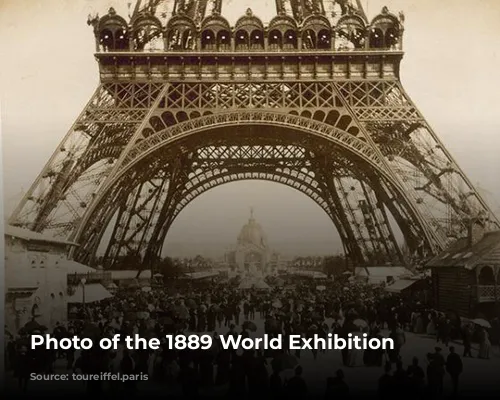
The Iron Lady Takes Shape: Public Opinion and Artistic Resistance
Parisians were deeply divided over the construction of the towering iron structure in their city. Some saw it as a symbol of progress and modernity, while others were appalled by its imposing presence and considered it a monstrosity. The criticisms of artists added fuel to the fire, with scathing remarks about the tower’s aesthetics.
Paul Verlaine called it a “belfry skeleton,” Léon Bloy described it as a “truly tragic street lamp,” and François Coppée likened it to a “mast of iron gymnasium apparatus.” The famous writer Guy de Maupassant, known for his sharp wit, called the Eiffel Tower a “giant ungainly skeleton” and a “ridiculous, skinny, factory chimney stack.” He even admitted to taking his lunch on the tower’s first floor, simply to escape its presence.
Despite the artistic disapproval, the majority of Parisians seemed less concerned about the aesthetics and more about the potential impact of the construction on their neighborhood. A lawsuit filed by a City Council member living near the Champ de Mars threatened to derail the project. Eiffel, determined to proceed, assumed all risks and promised to compensate residents in case of an accident, ensuring the project’s continuation.
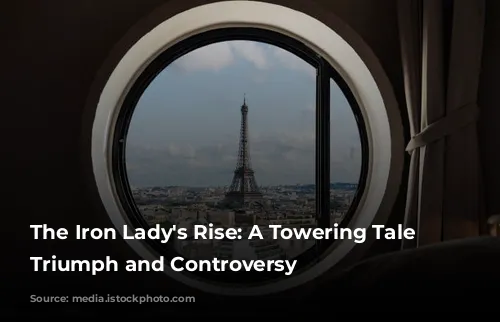
From Controversy to Triumph: A Symbol of Parisian Pride
On May 15, 1889, the Eiffel Tower opened to the public. The initial controversy was swiftly eclipsed by a wave of enthusiasm and admiration. Crowds flocked to marvel at the magnificent structure, and the Tower became an instant sensation, both domestically and internationally. Some of the dissenting artists even publicly apologized for their previous criticisms.
The Eiffel Tower quickly won over the hearts of Parisians, becoming a symbol of pride and a testament to their city’s audacity and innovative spirit. It became synonymous with Paris, a beacon of modernity and a global icon.
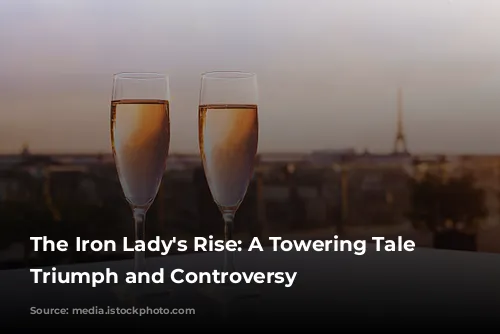
A Fight for Survival: Saving the Iron Lady
Although the Tower was embraced by many, some critics, like architect Charles Garnier, remained unconvinced. In 1894, a new competition was launched for the 1900 World Exhibition, inviting proposals that included the possibility of modifying or even destroying the Eiffel Tower. However, no project, no matter how outlandish, was selected, and the Tower remained standing, a focal point amidst the new installations.
However, the Tower’s future was uncertain. The original contract granted to Eiffel stipulated that the Tower would be dismantled after 20 years, in 1909. Visitor numbers were declining, and the City Council considered demolishing the structure to redevelop the Champ de Mars.
Eiffel, determined to save his creation, financed and promoted various scientific experiments conducted at the Tower, including meteorological observations, wireless telegraphy, and aerodynamic studies. This showcased the Tower’s scientific and strategic importance, ultimately securing its survival.
In 1903, Captain Gustave Ferrié, with Eiffel’s support, installed a military network of wireless telegraphy at the Tower, taking advantage of its height to transmit and receive long-distance signals. This strategic application cemented the Tower’s vital role in communication and national defense.
On January 1, 1910, the contract was renewed for 70 years, ensuring the Eiffel Tower’s continued presence in the Parisian landscape. The “Iron Lady” had triumphed over adversity, proving its worth not only as a symbol of progress but also as a vital instrument of science and national security. Today, it stands as a testament to Gustave Eiffel’s vision and a testament to the resilience of a seemingly fragile iron structure that has weathered centuries of time and change. It remains a symbol of Parisian ingenuity, a beacon of modernity, and a source of immense pride for the City of Lights.
